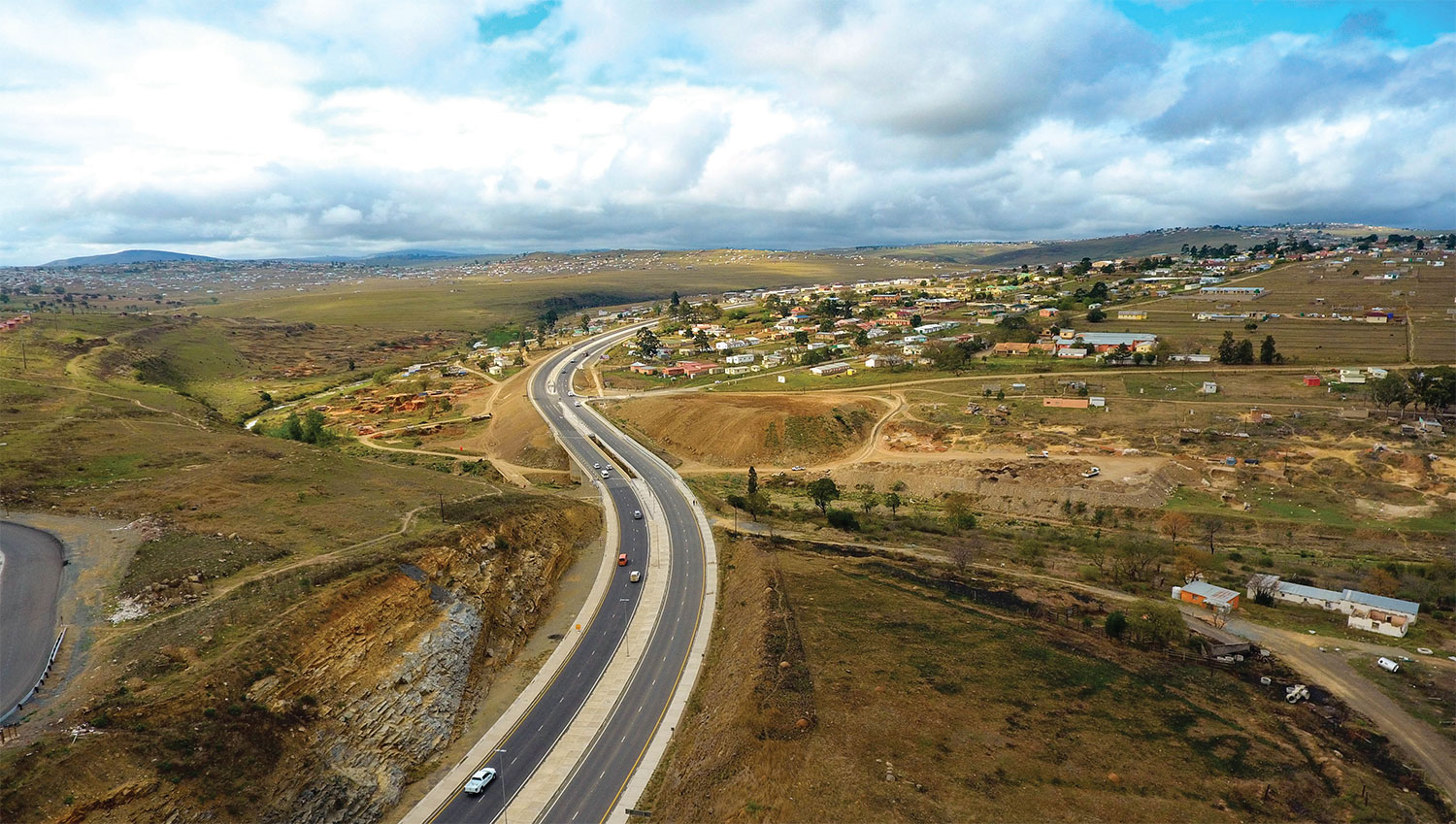THE impact of an investment in infrastructure has long
been recognised as an important catalyst for economic
development and job creation in developing and
transitioning economies.
A recent World Bank study found that effective
investments in infrastructure can have far-reaching
influences on socio-economic development. It also
noted that not only does infrastructure investment boost
employment by providing immediate construction and
infrastructure services jobs, it also has a knock-on effect
by opening up opportunities for employment in other
related sectors.
For example, sectors that directly or indirectly
supply infrastructure projects can benefit from new employment opportunities. Sectors that supply goods
and services to meet the growing consumer demand
created by those benefiting from the infrastructure
project will also be affected by these investments.
In addition to the direct and indirect opportunities
linked to the construction phase of infrastructure
developments, sustainable employment opportunities
are derived from the need to operate and maintain
existing infrastructure.
Les Holbrook, executive director of the Border
Kei Chamber of Business, noted that the new N2
Wild Coast Road development will provide a range
of economic opportunities for the region, which is
renowned for its high rates of unemployment and poor
quality of living.
“New job and business opportunities will bring
economic growth into the area. In the long-term, we
expect to see enterprise growth, especially in tourism
related products and offerings. In some areas, the road
will be a catalyst for additional infrastructure growth and
development projects, which in themselves will offer
creative opportunities for economic development.
Storms River stands out as a good example,” Holbrook
said.
These developments will not only offer opportunities
for the improvement of local living conditions, but will
also provide a much-needed boost to the region’s
economy,” he added.
What do you expect to see in terms of development after the N2 Wild
Coast Road is built?
The N2WC road development is not only necessary, it will bring
meaningful change to the lifeblood of the North-Eastern Cape
and will open the gateway to the Western Cape – which has
largely been closed to commuters. After completion,
natural and planned development will begin to take
place. We will also see a significant increase in
volume of traffic, both commercial and domestic,
including tourism-related traffic. Tourism will
begin to grow and sightseeing at the deepest
ravine in South Africa will bring big benefits
to the region. We are also convinced that
the route will be faster, safer and much more
enjoyable with less wear and tear on road
users’ vehicles.
How do you think the project will
contribute towards the upliftment of local
labour/SMMEs?
We anticipate that new permanent and
temporary jobs will be created. There will also
be a lot of skills development. This will lead to
empowerment and the beginning of local service
provides and contractors. From the day the road is
opened it will require maintenance such as grass cutting,
fence maintenance and upkeep, animal control and so on.
Local contractors will have an opportunity to benefit from these
maintenance needs. Other opportunities will manifest in the various
towns where the road either passes through or there’s a proximate by-pass.
For example, the need for fuel, tyres, repairs, hospitality, accommodation, craft centres and curios will open up opportunities for local business development.
I believe there will be a huge increase in the volume of traffic – including road
freight. This could also be an opportunity for improved traffic control and the
opening of new weigh-bridges and regulatory measures.
craft centres and curios will open up opportunities for local business development.
I believe there will be a huge increase in the volume of traffic – including road
freight. This could also be an opportunity for improved traffic control and the
opening of new weigh-bridges and regulatory measures.
How do you think the new road development will impact
on production and logistics in the area?
There will certainly be a big improvement in the
productivity of transit movements. Taxis will love the
new road as will transporters, haulers and courier
companies. There will be much more commuting
between the towns – especially into Mthatha and
Butterworth, Mt Ayliff and Mt Frere.
What are some of the concerns you have
regarding the development?
My biggest concern is that there has been too
much interference. Unwarranted objections from
shipping companies, logistics companies, KZN
business, and so on, all smacks of protectionism
and less about meaningful upliftment further along
the route. Objections from people and organisations
that have no real vested interest is also concerning.
In truth, the real benefit to residents and communities
is about upliftment and improvement including a real
change in the quality of life. The Border-Kei Chamber of
Business recorded their support of this project as far back as
2008 (and earlier) and we reiterate the sentiment. We are absolutely
convinced that SANRAL will adhere to every conservation act or regulation
– including sustainability and renewable practices and are passionate about this
project and its possibilities.
